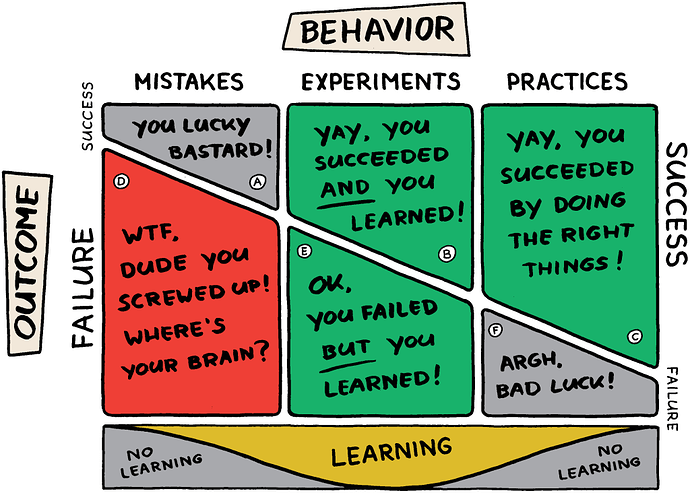It’s frustrating to see company after company adopting legacy processes (e.g. “Agile/Scrum” as they call it) and then failing to adopt a truly agile mindset or experience the benefits of truly being agile. There’s way too much focus on practices, rituals and certifications than actually learning to be agile. Agile is not Sprints, Standups and Storypoints!
I work through this frustration by helping educate clients on ways to actually address their risks, optimize for success (usually involves removing many handoffs) and get outstanding results by following a principle-driven approach to agility. This work involves discussion, empathy, storytelling and sometimes training/coaching. Modern Agile principles resonate with many people and are helping to get teams and organizations past first generation agile approaches.


